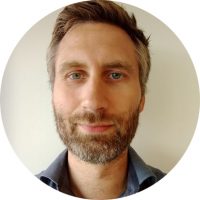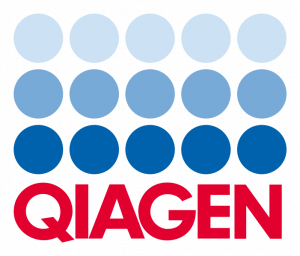CircRTrain is led by a network of investigators, who share research interests but apply different approaches, model systems, disciplines, and disease areas, and maintain active collaborations with several companies.
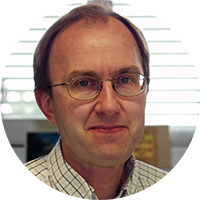 Prof. Albrecht Bindereif, Justus Liebig University
Prof. Albrecht Bindereif, Justus Liebig University
Giessen, Germany
Albrecht Bindereif’s group at the University of Giessen works on circRNA biogenesis, circRNA release in exosomes, and the use of circRNAs as disease biomarkers in the mammalian system. Within the ITN consortium, our projects address these questions: What are the factors and sequence requirements for circRNA processing and circRNP formation? Are circRNAs packaged in extracellular vesicles such as exosomes, and can specific circRNAs be used as biomarkers in human disease, with a Focus on cardiovascular disease and human platelet biology?
Dr. Thomas Birkballe Hansen, Aarhus University
Aarhus, Denmark
The Hansen lab is mostly focused on the biogenesis and function of a subset of circRNAs, termed AUG circRNAs. Here, the influence of cis-acting features in the flanking introns, trans-acting RNA-binding proteins, and epigenetic states on circRNA production are under investigation, as well as the impact of circRNA deregulation on cellular pathways.
 Prof. Irene Bozzoni, La Sapienza University
Prof. Irene Bozzoni, La Sapienza University
Rome, Italy
The research activity of the Bozzoni group is mainly directed to the study of the biogenesis and function of non-coding RNAs with specific focus on the role that these molecules play during cell differentiation and how their deregulation leads to pathological alterations. Two major pathologies are currently under analysis in the lab, Duchenne Muscular Dystrophy (DMD) and Amyotrophic Lateral Sclerosis (ALS); for their study, animal and cellular model systems, as well as patient-derived human iPS, are available. Many different key biochemical and genetics methodologies for studying ncRNAs have been set up, including RIP, CLIP, ChRIP, RNA pull-down, FISH analysis, high content screening and advanced bioinformatics.
 Dr. Manuel Irimia, Centre for Genomic Regulation
Dr. Manuel Irimia, Centre for Genomic Regulation
Barcelona, Spain
The Irimia lab is interested in understanding the roles that alternative splicing and other mechanisms of transcriptomic diversification play in vertebrate embryonic development, and how novel transcript variants have contributed to shape the unique vertebrate development and body plan during evolution.
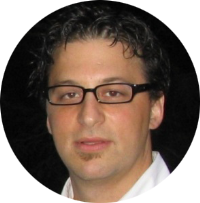 Prof. Sebastian Kadener, The Hebrew University
Prof. Sebastian Kadener, The Hebrew University
Jerusalem, Israel
The Kadener lab is interested in understanding how molecular processes in the brain determine behavior. For doing so, we study the circadian clock of Drosophila at the molecular, behavioral and neural level. After relocation of Prof. Kadener to Brandeis University in Waltham, MA, ESR10 project was associated to the circRTrain project. The expertise of Prof. Kadener stays in the project after association of Brandeis University as a partner organization.
ngshjfh
 Prof. Jorgen Kjems, Aarhus University
Prof. Jorgen Kjems, Aarhus University
Aarhus, Denmark
The Aarhus University partner has a strong expertise in identification, profiling, bioinformatics and biochemical characterisation of circRNA. They will contribute to the circRTrain with circRNA characterisation, single molecule in situ staining of cells and tissue and exploration of new functions of circRNA during neuronal development and human disease.
Aarhus, Denmark
Qiagen Aarhus (QIAAR) has a solid track record of bringing scientific software to the market with commercial success. The company has a strong development team with extensive experience in developing highly advanced next generation sequencing analysis software. QIAAR provides custom solutions as well as integrated software platforms using a broad spectrum of IT technologies including high-performance computing and cloud deployment, and develops software under ISO 9001 audited and certificated quality management systems. All software works on all major operating systems, is well tested, thoroughly documented, professionally supported and regularly updated and enhanced.
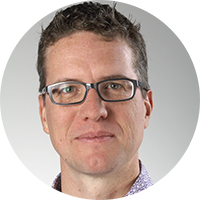 Prof. Jeroen Pasterkamp, University Medical Center
Prof. Jeroen Pasterkamp, University Medical Center
Utrecht, Netherlands
Our lab studies the molecular and cellular basis of neural circuit development and disease (www.jeroenpasterkamplab.com). Within circRTrain we will examine which circRNAs contribute to the growth and guidance of axons and how these effects are mediated. In addition, we will determine how circRNAs are deregulated in neurological disorders, such as epilepsy, and whether they contribute to pathophysiology.
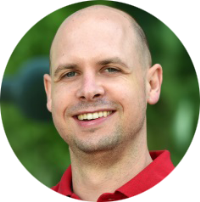 Dr. Stephan Preibisch, Max-Delbrueck-Centre for Molecular Medicine
Dr. Stephan Preibisch, Max-Delbrueck-Centre for Molecular Medicine
Berlin, Germany
Our lab combines light & electron microscopy, transcription imaging and deep sequencing with computer vision and software development. We develop tools and solutions in order to study and model transcriptional regulation in development using C. elegans and other major model organisms. We develop software in the context of ImgLib2, Fiji, and BigDataViewer and provide it open-source to the community.
 Prof. Nikolaus Rajewsky (coordinator), Max-Delbrueck-Centre for Molecular Medicine
Prof. Nikolaus Rajewsky (coordinator), Max-Delbrueck-Centre for Molecular Medicine
Berlin, Germany
The Rajewsky lab combines theoretical/computational and experimental methods to understand more about gene regulation in animals. Research teams are interdisciplinary, employing techniques from molecular biology and biochemistry on different model organisms and driving the analysis with tools and concepts from bioinformatics, statistics, and physics.

